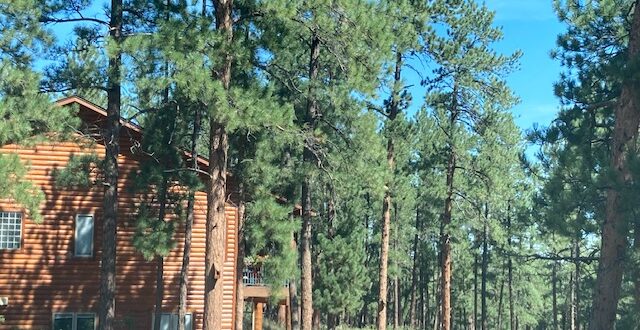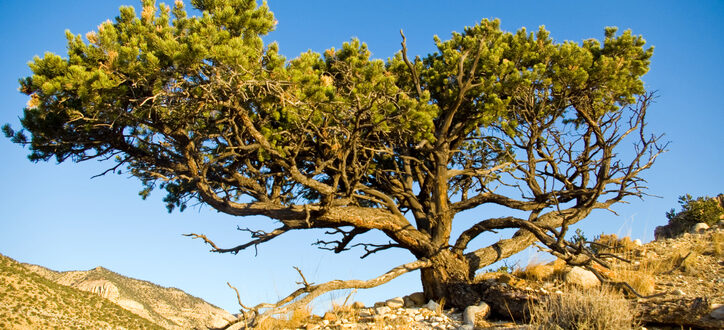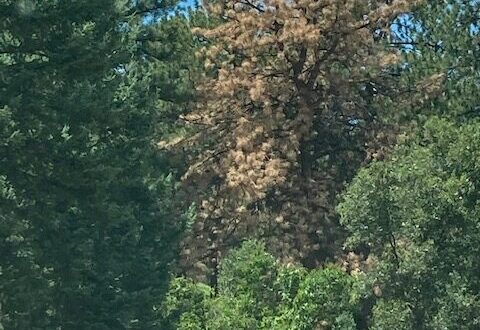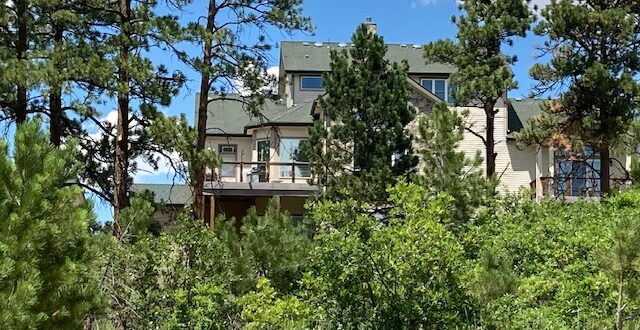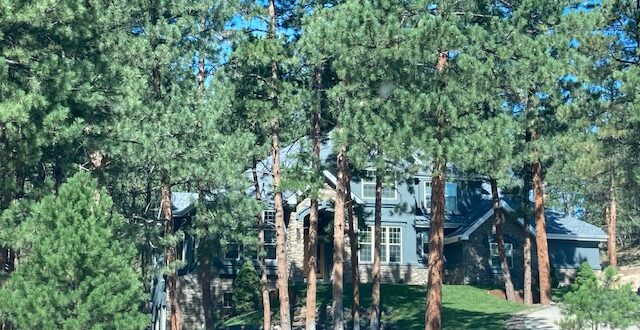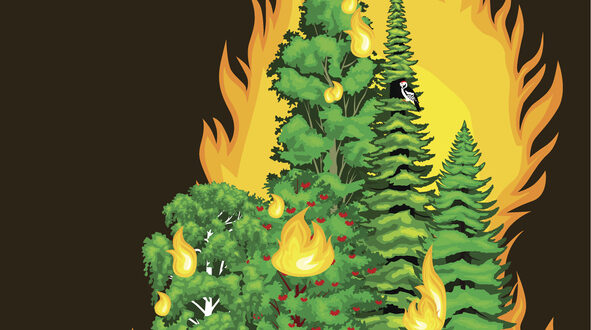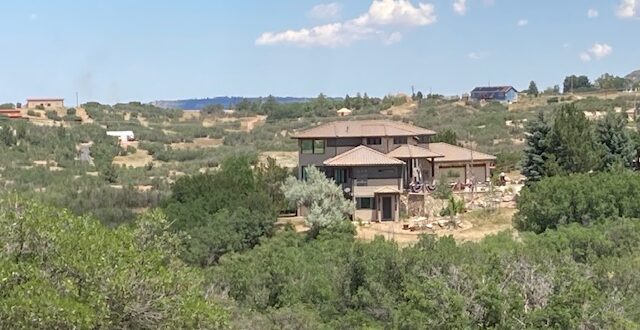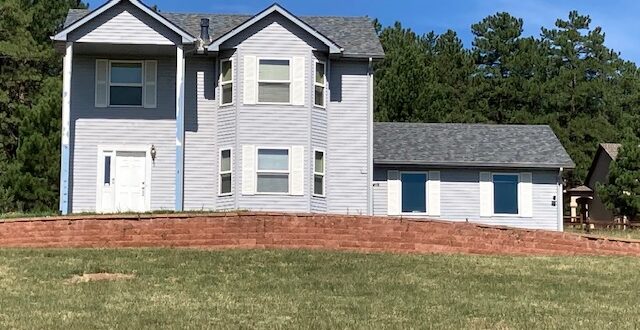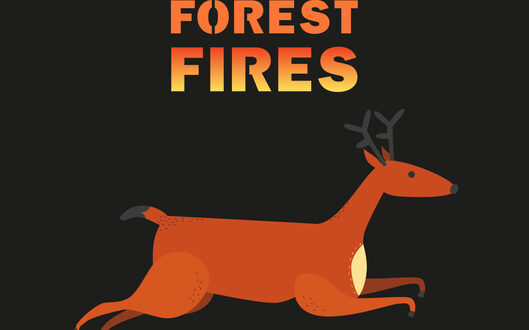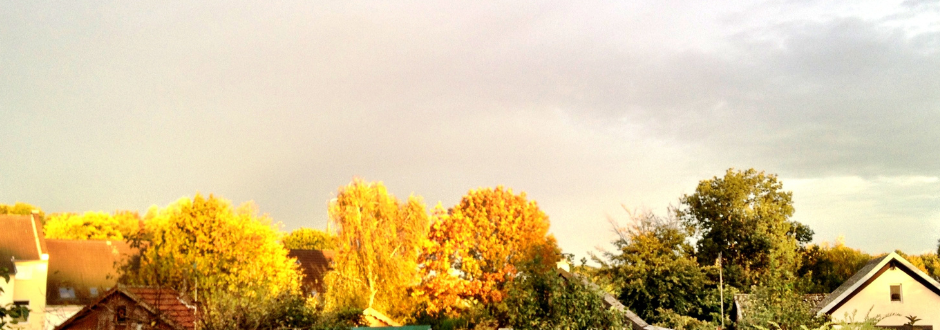For a free quote on fire mitigation in Palmer Lake, Call or text Colorado MAstication at (719)400-9104. There are multiple stages to fire mitigation. Phase 1 is the most important, with around 70% of your effort focused on Zone 1. The remaining 30% of your effort in this phase is going to be on Zone 2. The time this phase actually takes will depend on a number of factors, including the time you have available and the state of the area when you first start. For some people, it will take a weekend, but for others it can take a few weeks due to the state of the property when you initially buy it. There are some tough decisions during
(719) 400-9104
office@coloradomastication.com
For thinning of pinyon or juniper woodlands, give Colorado Mastication a call at (719)400-9104. In the Four Corners region of the southwest of Colorado, you’ll see a lot of pinyon pines and juniper trees. You’ll see the pinyon pines around the higher elevations for the most part. Meanwhile, the junipers prefer the lower elevations as they are more tolerant of drought conditions. Before we had to look at ways to supress fires due to the increase in wildfires, there wouldn’t be too many of the trees in one area. Now, we tend to find pinyons and junipers create a closed canopy and the woodlands are becoming denser. This is a problem. Trees Are Taking Over the Areas Low-intensity fires are
For estimate on fire mitigating beetle killed trees, you can reach us at (719)400-9104.3 While wildfires are a risk, they become more of a risk due to pests and disease. Beetle killed trees are a growing concern around Colorado, with bark beetles being the most common pest problem. Bark beetles have been responsible for the death of multiple forest areas. This spread is exponential if not controlled because the beetles don’t care about the trees—they just want a home and food. Drought-stressed trees are most at risk as they don’t have as much pitch, the main defense against beetles. Knowing a Tree Is Affected by Beetles You want to protect a tree as soon as possible. If you’re seeing the
For fire mitigation in zone 1,2,3 or 4 on your property in Roxborough park, request estimate from Colorado Mastication at (719)400-9104. If your property covers more than five acres of land, you’ll need to create Zone 4 to protect against wildfires. Don’t worry if you don’t have this space. That land will be the responsibility of any neighbors you have, or it could be the responsibility of the forest service. Zone 4 is the lowest priority of zones out of everything we’ve covered so far. That doesn’t mean you should abandon it, but the first three zones from your home are the most important ones to focus on. Getting Rid of Diseased and Damaged Trees The most important thing here
The first two zones closest to the house are the most crucial when it comes to mitigating wildfires and protecting the house. Zone 2 starts at 30ft from the house and covers up to 100ft. If your property boundary is within 100ft of the house, you will need to do your best to mitigate up to that point. The topography is going to affect some of the steps you take, as it will affect the spread of a fire. It’s rare to live on a perfect circle or perfectly flat ground, so you’ll need to deal with slopes. The steeper the slope, the slower fires will spread unless they have the wind to help. Watch Out for Drought Conditions If
It can seem like the best thing to do in fire prone areas is to get rid of the propane tank altogether. Surely there are other options around. Well, don’t go searching for them. You can keep your propane tank and protect your home at the same time. You’ll want to buy your propane tank rather than rent it. Most rental agreements make it clear that you have to keep the tank above ground. That’s not going to keep your property safe, and it’s going to cost you more in the long run. Protecting your home isn’t going to be cheap. It is going to be the best investment for you, your family, and the entire community, though. Why Put
Rural living fire mitigation. Colorado Mastication has ability to fire mitigaiton a large project. (719)400-9104. The further out of town homes get, the larger the space available. Rural living is the term given when houses sit on lots of five to 40 acres. Anything above 35 acres will have a domestic well permit thanks to a change of law in Colorado in 1972. While there are certainly benefits of rural living, especially if you don’t like being too close to people, there are also downsides. It’s important to consider them and how they affect wildfire mitigation. After all, wildfires in Colorado are a major concern. Narrow and Steeper Paths that Urban Living Homes in rural areas can be a problem for
To get an estimate on wildfire mitigation in Colorado Springs, contact us now. Different areas around your home are going to be treated differently to mitigate wildfires. Zone 1 is one of the Home Ignition Zones, and it’s your primary defense against wildfires. One myth is that you need Zone 1 to be completely clear of everything to prevent fire. This would suggest it needs to be boring with no plants or anything around. While this would create more protection, there are ways to enjoy the space and protect it at the same time. How Much Space Is Needed for Zone 1? To be able to get started, you need to know the space necessary. Zone 1A is going to
For questions about fire mitigation measures, call (719)400-9104. There are some states known for drought conditions in the summer months. Colorado is one of them, and the conditions are a growing concern. Due to drought, the forests have become stressed and weakened. Drought conditions have had a major impact on water supplies. It’s leading to agricultural problems, and the forests are dying. Drought will kill trees due to the need for water for survival, but there are other problems because of drought that can’t be overlooked. Drought Conditions Lead to More Wildfires There’s no doubt that the number of wildfires during the year has increased around the world. Colorado is seeing an increase, and the drought conditions are not helping
Urban living is described as having more than one house occupying half an acre. It can be a tough situation without many people realizing it. Sure, you have paved streets and easier access to amenities, but you have a problem with a built-up area close together. Don’t find yourself complacent because of the benefits of an urban area. This is a high-risk area when it comes to wildfires. How is that possible when there aren’t the forests around you? More Houses Create a Higher Risk of Fire While forests are certainly a problem for wildfires, built-up areas can also be a major risk. It’s all about the houses in the area. There are a lot of different ways to build
